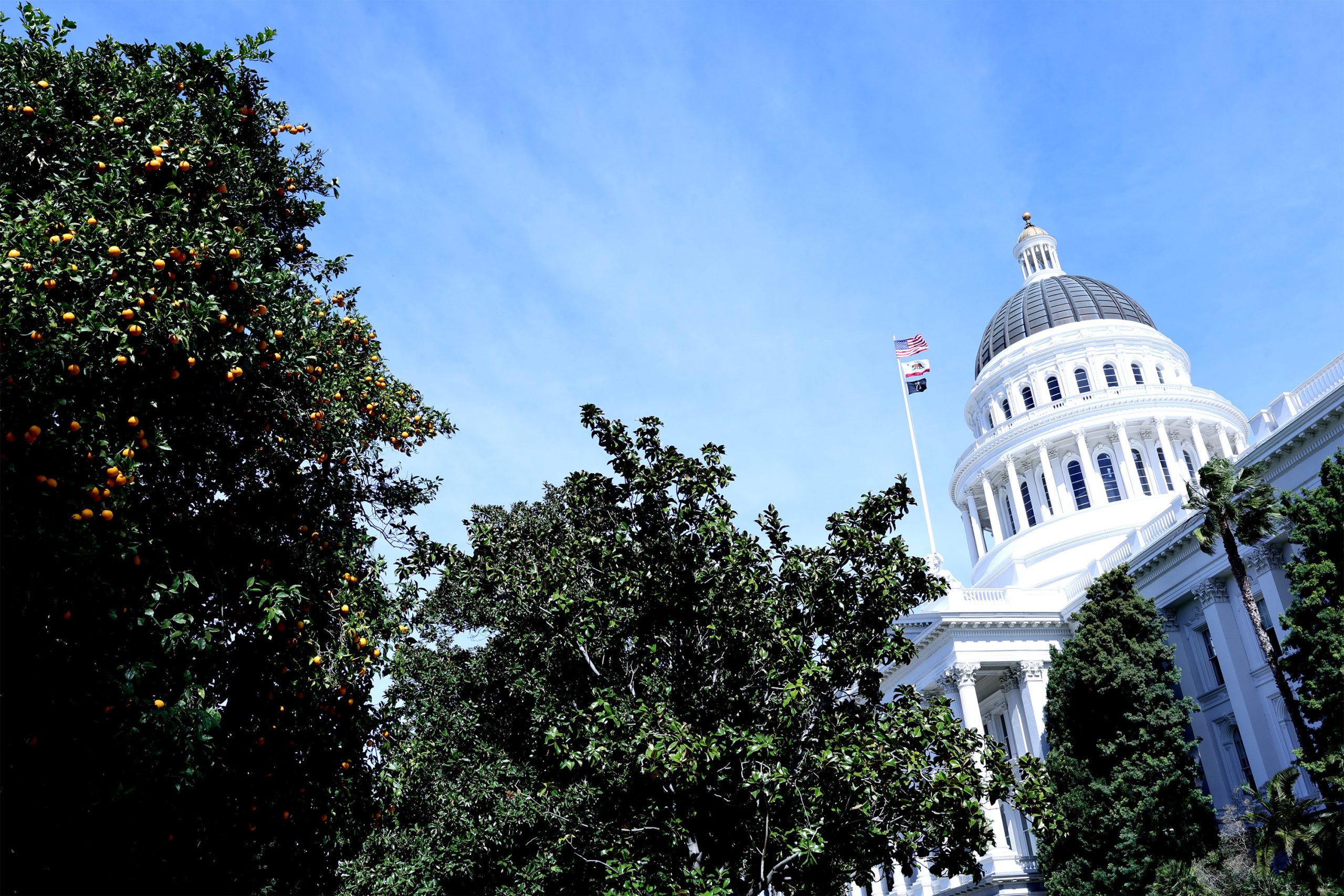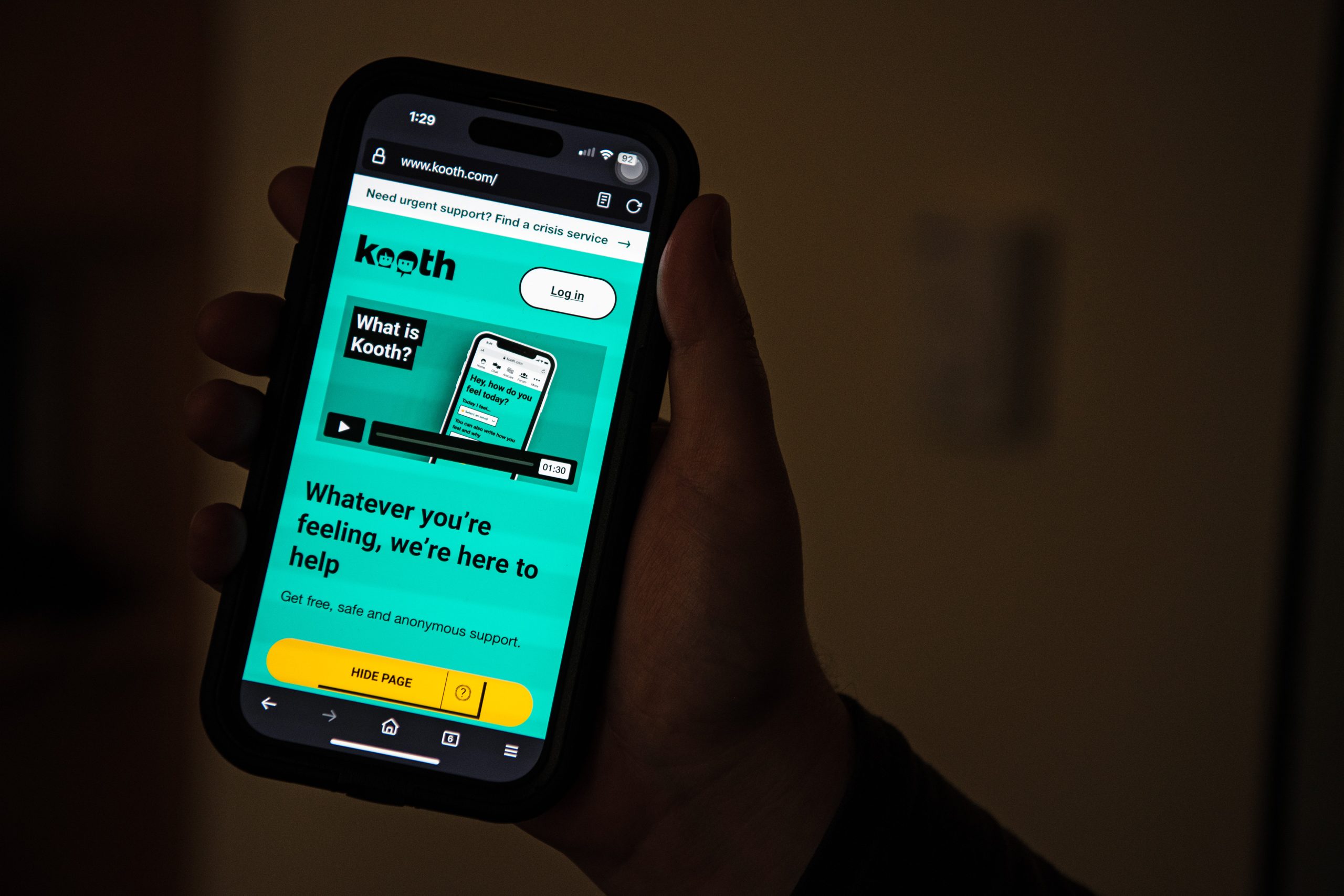SACRAMENTO, Calif. — This year, Gov. Gavin Newsom affirmed abortion access, calling California “a proud reproductive freedom state” and criticizing Republicans across the country for trying to take away families’ rights.
He signed legislation mandating that insurance companies cover in vitro fertilization. He supported restricting students’ cellphone use in schools and signed a nation-leading ban on food dye in school snacks and drinks. And he endorsed a bill allowing businesses to operate Amsterdam-style cannabis cafés.
Still, in a heated election cycle with Vice President Kamala Harris, a Californian, on the presidential ticket, the Democratic governor was noticeably reluctant to impose additional industry regulations.
Newsom vetoed several health and safety bills, frequently citing cost concerns. But many of these proposals risked perpetuating California stereotypes trumpeted by presidential nominee Donald Trump and other Republicans. The governor rejected gas stove warning labels, as well as speeding alerts for new cars, even drawing tepid praise on social media from GOP Assembly leader James Gallagher, who credited Newsom for vetoing “some pretty bad/stupid bills.”
Most of the laws Newsom approved take effect Jan. 1, 2025, while some have longer phase-in times. Here are the governor’s actions on key health bills:
Health Care
Group health care service plans and disability insurance must cover infertility and fertility services under SB 729, including for LGBTQ+ people, generally starting in mid-2025. The California Association of Health Plans warns of higher premiums as a result.
Local health officers can inspect private detention facilities, including six immigration detention centers, under SB 1132.
And the governor signed AB 869, allowing small, rural, or “distressed” hospitals to get an extension of up to three years on a 2030 legal deadline for earthquake retrofits. But he vetoed SB 1432, which would have allowed all hospitals to apply for an extension of the deadline for up to five years.
Newsom also vetoed SB 966, which would have regulated the middlemen known as pharmacy benefit managers and banned some business practices that critics say increase costs and limit consumers’ choices. He also rejected AB 2467, which would have mandated health care coverage for menopause, and AB 3129, which would have required the state attorney general’s approval for transactions involving health care providers and private equity firms. And he vetoed AB 2104 and SB 895, which would have allowed some community college districts to offer bachelor’s degrees in nursing.
Medical Debt
Credit reporting agencies will be prohibited from including medical debt in consumers’ credit reports under SB 1061, but last-minute amendments weakened the protections. Earlier this year, the Biden administration proposed federal rules barring unpaid medical bills from affecting patients’ credit scores.
Medi-Cal
Medi-Cal, which provides health care for about 15 million low-income people, will cover hospital emergency rooms’ treatment of psychiatric emergencies under AB 1316.
But Newsom rejected AB 1975, which would have made medically supportive food and nutrition a Medi-Cal benefit, and AB 2339, which would have expanded Medi-Cal coverage of telehealth.
Mental Health
Newsom signed more than a dozen bills aimed at boosting behavioral health care, including through California’s new court-ordered treatment program.
But citing costs, Newsom rejected an annual scholarship fund for students pursuing a mental health profession if they worked for three years in that new treatment program. Critics say SB 26 should have broadened the scholarship to all county behavioral health programs.
Abortion
California will increase penalties for obstructing or impeding access to reproductive health care services, and for posting personal information or photographs of a patient or provider. These are currently misdemeanors; AB 2099 would make them punishable as misdemeanors or felonies.
Planned Parenthood Affiliates of California also backed AB 2085, smoothing approval of new health centers, and SB 1131, supporting California’s Family PACT (Planning, Access, Care, and Treatment) program for people with family incomes below 200% of the federal poverty level.
Aging
Newsom approved a dozen bills related to aging, including measures requiring increased training for law enforcement (AB 2541) and health care professionals (SB 639) in helping people with dementia. AB 1902 requires better access to prescription labels for those who have trouble seeing or who need translated instructions. And he signed another package of bills aimed more broadly at helping people with disabilities.
Violence Prevention
Assault or battery against a doctor, physician, nurse, or other health care worker within an ER could bring up to a year in county jail, a $2,000 fine, or both under AB 977. That makes it the same maximum punishment as for assaulting a medical worker in the field. California law previously set a lesser penalty for assault within an ER.
The state is taking more steps to deter gun violence with two dozen new laws. Among them, SB 53 increases requirements for safely storing firearms, in keeping with a push from the White House. AB 2621 will increase law enforcement training and revise policies on using gun violence restraining orders, while AB 2917 expands when courts can impose gun violence restraining orders.
And hospitals will eventually have to screen patients, family members, and visitors for weapons at entrances under AB 2975.
Substance Use
AB 1976 will require workplace first-aid kits to include naloxone or other drugs that can reverse opioid overdoses, while protecting those who administer the naloxone from civil liability.
Under AB 1775, local jurisdictions will allow retailers to sell noncannabis food and beverages and have live music and other performances in areas where cannabis consumption is allowed. Assembly member Matt Haney, a Democrat from San Francisco, said his intent is to allow Dutch-style cannabis coffeehouses. Newsom approved the measure despite vetoing Haney’s similar bill last year, amid critics’ concern that the measure would undermine California’s nation-leading effort outlawing indoor smoking.
And AB 3218 furthers enforcement of California’s ban on flavored tobacco, passed in 2020.
Youth Welfare
California is the first state to generally bar public schools from providing food containing red dye 40 or any of five other synthetic food dyes used in products including Froot Loops and Flamin’ Hot Cheetos. AB 2316 is Democratic Assembly member Jesse Gabriel’s follow-up to his legislation last year that banned a chemical found in Skittles candy.
A bill to increase transparency with the use of restraints and seclusion rooms in state-licensed short-term residential therapeutic programs became law with some high-profile help from celebrity Paris Hilton. She backed SB 1043, which will also require the state Department of Social Services to post the information on a public dashboard.
And school districts’ sex education curricula must include menstrual health under AB 2229.
But Newsom vetoed AB 2442, which would have sped licensing for providers of gender-affirming care, and SB 954, which would have provided free condoms in high schools.
Women’s Health
Selling menstrual products with intentionally added PFAS, also known as “forever chemicals,” will be banned under AB 2515. PFAS, short for perfluoroalkyl and polyfluoroalkyl substances, have been linked to serious health problems.
AB 2319 was passed in an effort to improve enforcement of a 2019 law aimed at reducing the disproportionate rate of maternal mortality among Black women and other pregnant women of color.
AB 2527 is aimed at improving treatment of pregnant women who are incarcerated. Critics wanted the original version, which banned solitary confinement, and were upset when it was amended to allow up to five days of confinement if prison officials find a safety or security threat.
AB 518 is aimed at increasing participation in the CalFresh nutrition program, part of a package of healthy-food bills.
And under SB 1300, the public will get more notice when hospitals plan to close their maternity wards. The measure will increase the notice requirement to 120 days, up from the current 90.
But Newsom rejected AB 1895, which would have required six months’ notice to state agencies of potential maternity ward closures. The agencies would then have been required to conduct a community impact assessment.
Social Media
SB 1504 broadens California’s Cyberbullying Protection Act regulating social media platforms to apply to minors instead of pupils. Social media platforms that intentionally violate the law could face civil penalties of up to $10,000, along with compensatory and punitive damages. Those damages could be sought by a parent, a legal guardian, or various prosecutors. Under current law, damages are capped at $7,500 and may be pursued only by the state attorney general.
SB 976 restricts “addictive feeds” to minors, including banning social media notifications to minors during school hours.
And AB 3216 will limit the use of smartphones in schools.
This article was produced by KFF Health News, which publishes California Healthline, an editorially independent service of the California Health Care Foundation.




